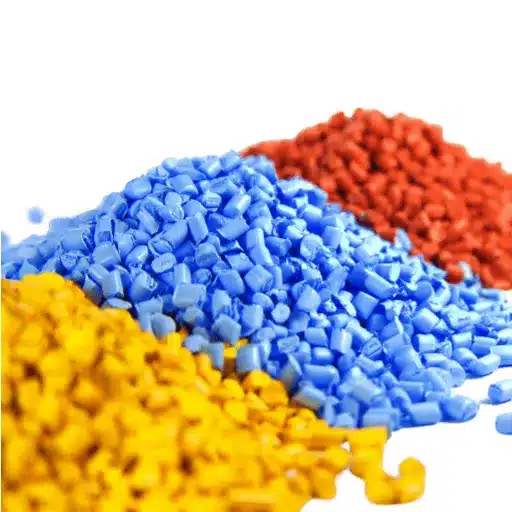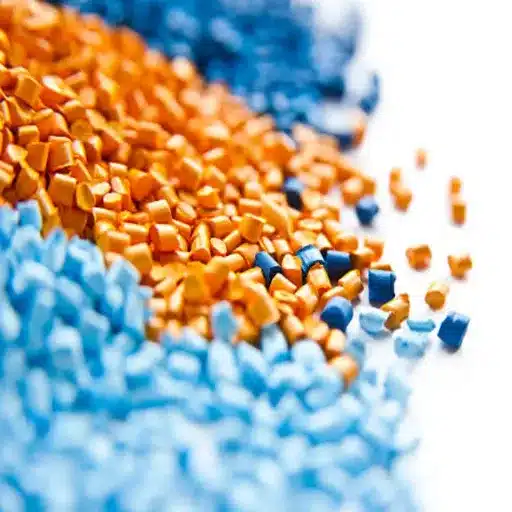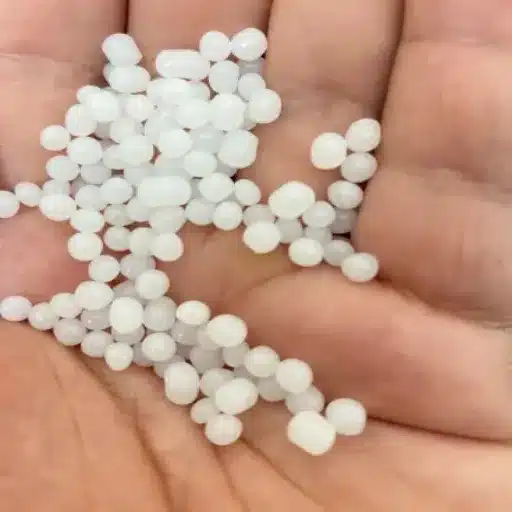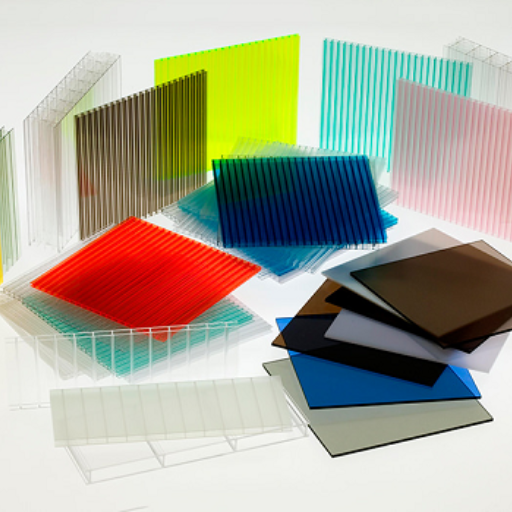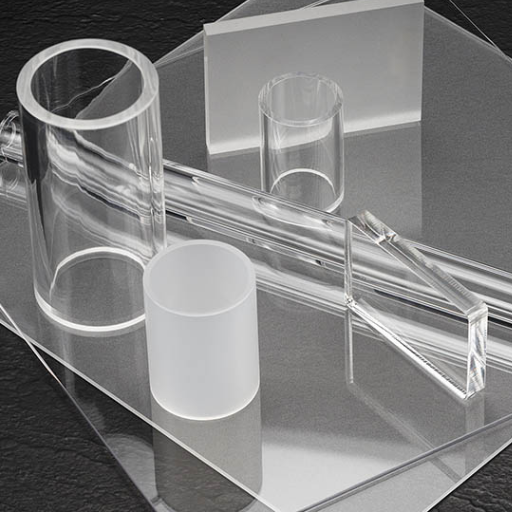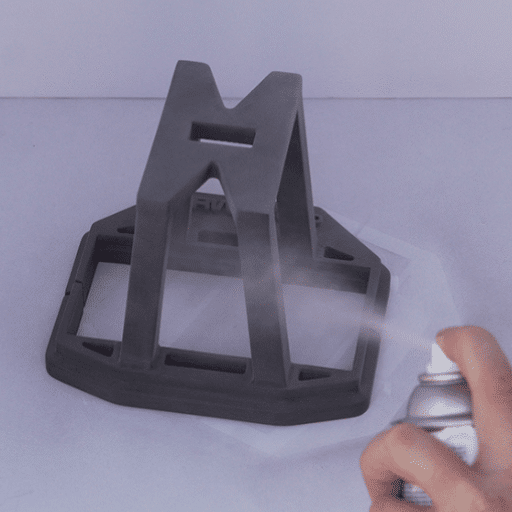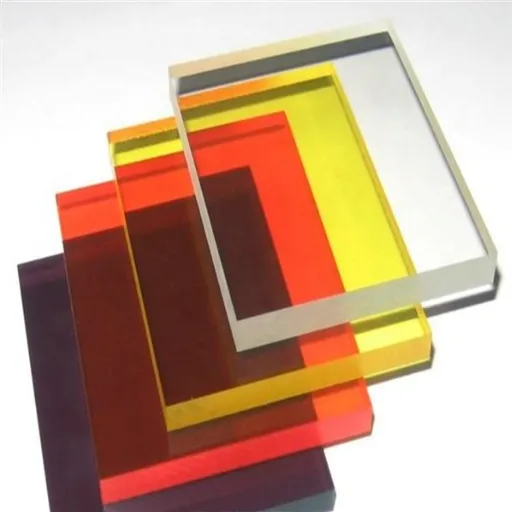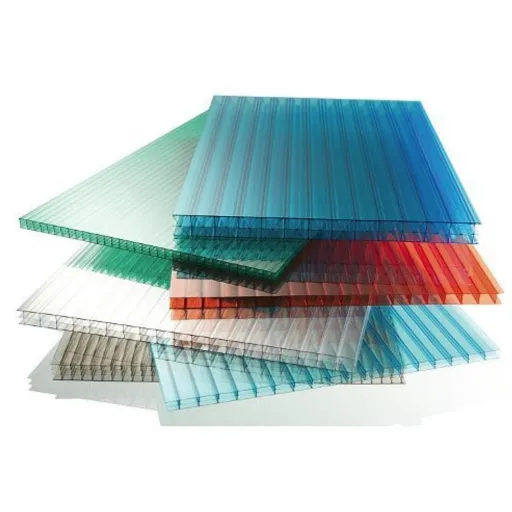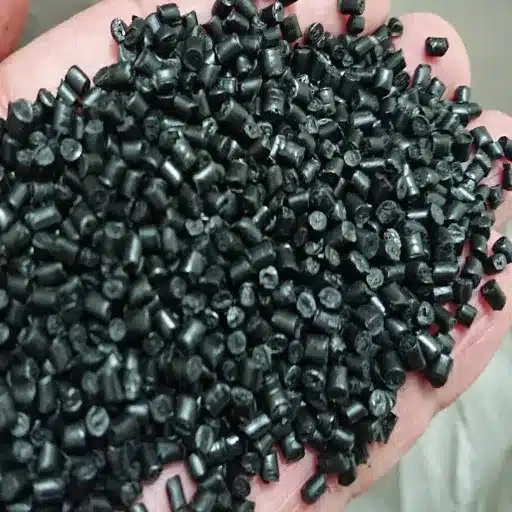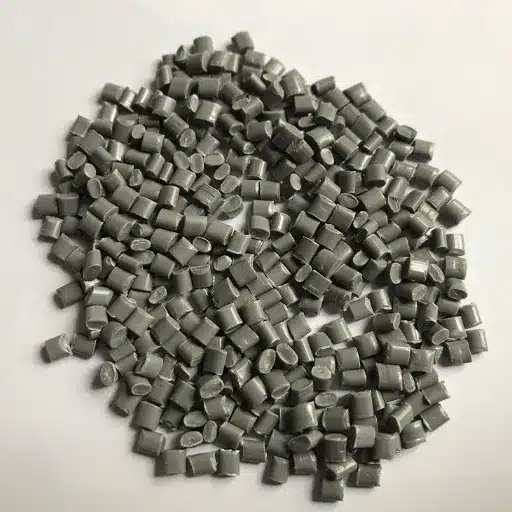A professional, durable finish with an elegant look cannot be achieved with just a coat of paint on ABS plastic. Loved by machinists and manufacturers for automotive parts, home appliances, and a whole myriad of other applications, ABS finishes pose certain challenges with their non-porous surface and particular chemical makeup. Whether you are trying to beautify a very old one, working on a project to customize, or repairing a damaged piece, choice of materials and methods is key in actually getting there. In this guide that solves the mystery, focus will be put on the key steps interspersed between preparatory work, priming, and painting of ABS plastic. At the conclusion of this article, you should be better equipped with the knowledge and practical know-how that could lead to incredible results no matter your expertise.
Understanding ABS Plastic
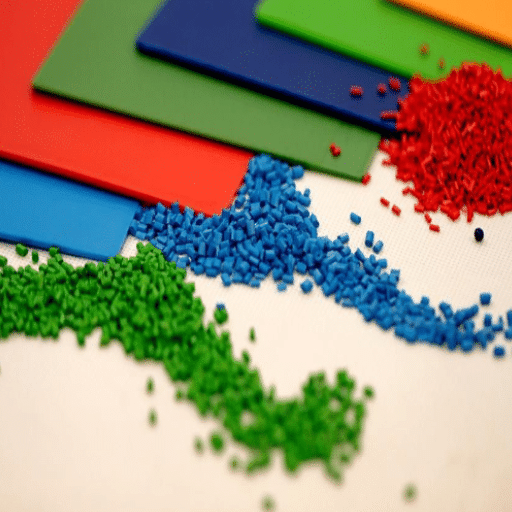
An Introduction to ABS Plastic
ABS (acrylonitrile butadiene styrene) is a polymer used as a thermoplastic, meant for more or less endless applications due to its combination of extremely good resistance against impact and toughness. This is a combination of three kinds of monomers: acrylic acid-based-acrylonitrile, butadiene, and styrene. Each monomer contributes its own set of properties.
Acrylonitrile
Imparts chemical and thermal stability to the polymerized plastic. ABS stands against any degradation in presence of heat or chemicals.
Butadiene
Imparts flexibility and impact resistance so that the plastic does not crack under high physical stress.
Styrene
Imparts mostly the glossy finish—the plastic ends up being very tough and very glossy as opposed to any dull finish.
ABS is ubiquitous in automobile-making, construction, electronics, and consumer goods industries due to its wonderful machinability and ability to mold into complex shapes. With regard to applications, we can mention automobile dashboard, electronic-device housing, piping systems, and even LEGO bricks. It is popular in 3D printing thanks to its ease of use and strength. Its features make it an ideal product for any project that requires reliability, customization, and resilience.
Common Uses of ABS Plastic
ABS is a composite polymer with strength, flexibility, and manufacturability that finds applicability in industries such as the said automotive. The recent trend highlights applications in the automotive sector for ABS, notably interior trim components, dashboards, and head protection. Similarly, in building, one holds ABS in high esteem for pipe fittings, showerheads, and wall panels on account of their resistance to impact and chemical degradation. In electronics, the material of choice for ABS is casing components for keyboards, remote controls, and protective casings. Moreover, it is also crucial in the production of consumer products, being used, for example, in toys (namely LEGO bricks), luggage, and home office equipment.
| Industry | Applications | Key Benefits |
|---|---|---|
| Automotive | Dashboards, interior trim, head protection | Impact resistance, moldability |
| Construction | Pipe fittings, showerheads, wall panels | Chemical resistance, durability |
| Electronics | Keyboards, remote controls, protective casings | Thermal stability, precision molding |
| Consumer Goods | LEGO bricks, luggage, office equipment | Strength, flexibility, cost-effectiveness |
Being thermally stable and able to withstand intricacies in design, prototyping, and the making of custom tools and parts are all areas in which it is best exploited. And being recyclable and less expensive to produce, this translates into a growing demand for ABS plastic and thus its impressive entry into many modern applications.
Issues in Painting ABS Plastic
One of the main problems when painting ABS plastic is caused by the low surface energy, and therefore the paint or coating does not adhere well. Paint may peel or flake when they have not been properly prepared. This problem is aggravated by the chemical resistance of several ABS; in fact, many generic solvents or primers do not sufficiently etch or bond to the material surface.
⚠️ Common Painting Challenges
- Low Surface Energy: Poor paint adhesion without proper preparation
- Chemical Resistance: Generic primers may not bond effectively
- Non-Porous Surface: Smooth finish prevents mechanical bonding
- Paint Failure: Peeling, flaking, or poor durability
Sanding, utilizing adhesion promoters, or employing primers compatible with plastic compose the measures required for surface treatment toward an end. This way, practitioners can, for instance, flame or plasma treat a surface to momentarily raise its surface energy to enhance adhesion. Also, good finishing is often achieved by more than one preparation stage-from cleaning, through to the precise application of primer, and topcoat. Handsfree, recent trends based on search data show that solutions are frequently sought for specific applications, such as automotive parts or 3D-printed ABS objects, which illustrates widespread interest and also ongoing practical challenges. Paint longevity and resistance to abrasive wear should always be enhanced by using products as recommended by the industry, specifically developed for ABS-based materials.
Choosing the Right Paint for ABS Plastic
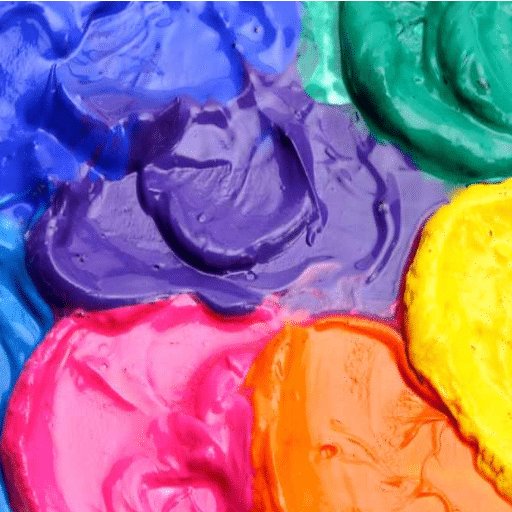
Types of Paints Suitable for ABS Plastic
Acrylic-Based Paints
Acrylic-based paints are typically most recommended for the ABS plastics owing to their good adhesive properties and flexibility. They bind well to the plastic surface when adequately primed and cured, thus providing a tough, even finish. Recent search trends indicate that “acrylic spray paint for cars” and various “DIY applications for acrylic spray paints” are popular queries, indicating how often users seek to achieve a professional finish.
Epoxy Paints
Epoxy paints provide improved durability against corrosive agents, scratching, and other environmental conditions, thereby being the choice for industrial and high-performance settings. Insights indicate additional application for epoxy paints in working situations and for longer life, especially where resistance to impact and abrasion is crucial.
Solvent-Based Paints
If paints with solvent bases are to be a general category for one offering, alkyds or polyurethanes would be examples thereof. These are the paints that prime arrest the surface layer to allow better adhesion. Search phrases like “How to paint ABS plastic with solvent-based coatings” still bear testimony to the demand for a stepwise surface preparation for such specialized paints.
In choosing the best kind of paint for ABS plastic, one would consider how it is to be applied, the exposure environment, and if surface preparation could be employed, as these factors would greatly influence the long-term performance of the coating once applied.
Paint A to Paint Z: The Pros and Cons
So before deciding on the paint for ABS plastic, one ought to look into every available coating option. The following comparison provides a detailed explanation of the commonly used ones, with input from the latest search trends:
| Paint Type | Pros | Cons |
|---|---|---|
| Solvent-Based Paints |
|
|
| Acrylic Paints |
|
|
| Epoxy-Based Paints |
|
|
Any good paint for all other plastic makes for a perfect paint or the better one for any other plastic surface on the outside. The user may be asking questions along the lines of, “which paint lasts longest on ABS plastic?” or “Is it better to use acrylic paint or use epoxy on plastic surfaces?” From this, we can glean that there are concerns about the paint’s durability and ease of application. Acrylic paints rank among the most popular due to their easy application. The solvent-based and epoxy paints, however, stand foremost for projects necessitating maximum performance and environmental endurance. Choosing the best paint technically depends on the needs of the application and the constraints involved.
Best Practices for Selecting Plastic Paint
When selecting the proper paint for plastic, it is important to balance considerations such as performance, durability, and ease of application. Derived from the latest market trends gleaned through search engine insights, “Is acrylic or epoxy better for plastic surfaces?” remains the burning question on most minds. Although such a question-theoretically-may present cardiographically one’s first question, be that as it may, each option offers strengths that are situationally dependent.
Selection Guidelines:
- For Quick Projects: Acrylic paints offer quick drying, simple application, and inexpensive alternative
- For Durability: Epoxy paints provide chemical resistance and environmental stability
- For Indoor Use: Acrylics with compatible primer work well for decorative applications
- For Outdoor/Industrial: Epoxy or solvent-based paints for UV and moisture exposure
Therefore, in any situation in which very quick drying is required, simple application, and an inexpensive alternative, the acrylic paints have always been the favorite choice. Acrylics really do adhere well to just about all surfaces of plastic, especially when a compatible primer is employed, and thus, they make for a fine application for decorative and indoor works. On the other hand, an epoxy paint might be very effective due to requirements for durability, chemical resistance, and environmental stability. Typically, they are used for industrial applications or outdoor applications where exposure to UV and moisture might be factors of concern.
For maximum efficacy, it is also advisable to follow surface preparation by cleaning thoroughly, sanding lightly when necessary, applying a good plastic-compatible primer resins, and finally going for the paint of choice. This ultimately depends on the environment, the complexity of the project that is to be painted, and the longevity desired in the paint finish.
Step-by-Step Guide to Painting ABS Plastic

Preparing the Surface for Painting
Paint adhesion and durability on ABS plastic depend on proper preparation of the surfaces. The most current understanding in the field recommends the following:
Surface Preparation Steps:
Preparation methods outlined above ensure perfect paint application and greatly contribute to the longevity and quality of the paint job on ABS plastic surfaces.
Primer: Importance and Application Methods
Primer helps paint stick and make a versatile finish on ABS. It acts as an intermediary layer between the smooth surface of the plastic and the unsuspecting paint film, thus avoiding paint peeling, cracking, or blistering as time goes by. Recent data collection from the search engine shows that among the common queries on primer was, “Why is a plastic-specific primer necessary?”
Why Plastic-Specific Primers Matter:
- Chemical Bonding: Formulated to stick tough to ABS plastics by chemical etching or molecular bonding
- Standard Limitations: Regular primers cannot achieve this bonding, compromising paint lifespan
- Environmental Protection: Contain additives to aid against UV radiation and temperature fluctuations
- Professional Results: Ensure uniformly finished surface with long-lasting results
The answer lies in the way these plastic primers are made and how they work. These are formulated to stick tough to ABS plastics by chemical etching or molecular bonding. Standard primers cannot do this, so they are compromising the lifespan and effectiveness of the paint job. Furthermore, plastic-specific primers may commonly contain additives to aid against other environmental factors, such as UV radiation and temperature fluctuations, a put to especially important use when there is an outdoor application. A high-quality plastic primer if properly applied uniformly according to the manufacturer’s guidelines can ensure a professionally finished surface with long-lasting results.
How to Apply Paint to ABS Plastic
Painting ABS plastic demands thorough surface preparation and cautious in order to ensure that the paint properly adheres and presents a durable, professional finish. Below are step-by-step details, based on the latest data and best practices:
Complete Application Process:
Step 1: Cleaning the Surface Thoroughly
Wash the ABS plastic in warm soapy water. This would take away any dirt, greases, or other residues. Rinse once well and let the surfaces air dry. If there are any stubborn residues, wipe off with isopropyl alcohol or use a plastic-degreaser to guarantee a clean surface.
Step 2: Sanding ABS Plastic
Sanding should be very light, using a fine abrasive paper (grit range, 220–400) to give a slightly abrasive texture. This ensures better adhesion of the primer and subsequent paint by virtually destroying the very smooth glossy finish often found on ABS plastic.
Step 3: Cleaning the Dust
Dust and debris from sanding should be cleaned off with a fresh, lint-free cloth or by compressed air. Leftover particles may stand in the way of adhesion or may cause imperfections in the final paint coat.
Step 4: Prime Your Surface
With long, smooth strokes, apply a plastic-specific primer to the surface. Primers for plastics containing adhesion promoters are a must when you want durable results on ABS plastic. Let the primer dry according to instructions, usually within 15–30 minutes.
Step 5: Paint with Paint Made for Plastics
Using a good quality spray paint for plastics, apply your paint. Plastic paints are meant to effectively bond with non-porous surfaces like ABS plastic. Paint in light, even coats, keeping the paint can from 6 to 10 inches away from the surface. Wait for the paint to dry thoroughly in between coats, so it does not run or dry unevenly.
Step 6: Seal the Surface (Optional)
For durability strength, considering one application of a clear topcoat or seal against plastic would be apt. This layer of protection will prevent the appearance from scratches, fading, and any harm caused due to UV rays or moisture.
Step 7: Curing Time
Following the curing interval as directed by the paint manufacturer, allow the paint on ABS plastic to be completely cured. It may last for 24, 48, or 72 hours, depending on the type of paint and varying atmospheric conditions like humidity and temperature.
Meticulous adherence to these steps and working only with materials formulated especially for ABS plastic will ensure a durable, professional-looking finish withstanding the test of time.
Common Issues and Solutions
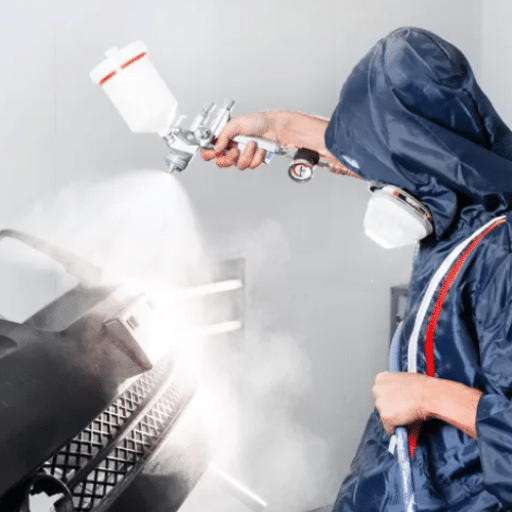
Paint Adhesion Problems
Potential causes for poor paint adhesion on ABS plastics include poor surface preparation, incompatible paint types, or environmental issues during application/curing. To resolve these problems, a defined approach is best followed:
Proper Surface Preparation
The failure of paint adherence is always due to contaminants on the plastic surface. Thoroughly wash the ABS with isopropyl alcohol to remove any oil, grease, or dust present. Some light sanding with very fine grit (400-600) can also do wonders to create a mechanical bond for the primer and paint.
Use an Adhesion Promoter
An adhesion promoter can greatly enhance paint adhesion if it is chosen for use with certain plastics-that is, containing functional chemicals such as chlorinated polyolefins. This layer thus plays an essential role in building the bridge between the ABS plastic and the paint layers to follow.
Select Compatible Paint
Use paints made for plastics or explicitly labeled for ABS plastic. General-purpose paints must be avoided for lack of flexibility or binding properties on plastic surfaces.
Control Environmental Conditions
Moderate humidity (30–50%) and temperatures ranging from 60°F to 75°F (15°C to 24°C) are considered ideal for painting. Too much humidity never allows adequate curing, and too low of a temperature never promotes the activation of adhesion-promoting chemicals.
Addressing each possible adhesion problem after implementing these countermeasures can certainly reduce the risk of peeling or flaking. This method targets the painted surface for something more enduring and longer-lasting.
Correcting Paint Runs and Drips
Any runs and drips will need to be attacked immediately, and a precise operation must be performed to guarantee a smooth and professional finish. In the study of recent data and user trends using search engines, remedial actions to address the drips paint are as much solutions as the preventive ones. From a preventive standpoint, ensuring that paint has the correct consistency by not mixing too much or overloading the brush or roller is more than helpful. Carrying out strokes evenly, with each coat allowed to dry sufficiently, lessens the possibility of any such imperfections.
Correction Methods:
For Dried Drips:
- Allow the paint to cure completely
- Sand the raised spot gently with fine-grit sandpaper (220 grit)
- Take care not to damage the surrounding area
- Clean up the dust and apply a thin, even coat of paint
- Blend the treated area seamlessly
For Wet Drips:
Gently feather the drip out with a clean brush or roller while the paint is still wet.
Supported by generic search trends and professional tips, these methods put forth a well-rounded approach to treating imperfections while keeping the quality of the painted surface intact.
Maintaining the Finish: Tips for Longevity
Several essential maintenance activities must be performed to ensure the longevity of a painted surface. Frequent search trends on search engines suggest a greater emphasis on good surface cleaning, better environment, etc.
Maintenance Best Practices:
- Regular Cleaning: Frequent dusting or washing of painted surfaces using a non-abrasive cloth with mild detergent
- Humidity Control: Controlling indoor humidity level will prevent cracking or peeling-off paint problems
- Protective Coatings: Apply special top coatings, such as varnishes and sealants, to resist wear and tear
- Immediate Repairs: Attend to minute repairs on scratches or small chips immediately to prevent growth
Regular dusting or washing of painted surfaces using a non-abrasive cloth with mild detergent can safeguard dust and dirt accumulation and the eventual damage to the finish. Also, controlling indoor humidity level will prevent cracking or peeling-off paint problems. Further protection may be applied using special top coatings, such as varnishes and sealants, to resist wear and tear due to traffic. Also, minute repairs on scratches or small chips should be attended to immediately so that their growth will not threaten the surface’s integrity. Those evidences-based with trending user interests prove a worthy priority that needs taking care as to maintain painted finishes.
Conclusion and Next Steps
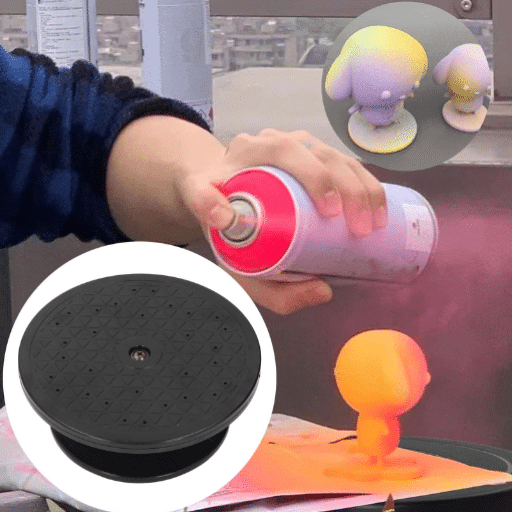
Key Takeaways Summarized
Maintaining the durability and aesthetic appeal of painted surfaces underlies high-performance coatings coupled with regular proactive maintenance. Protective coatings, such as sealers or varnishes, work to protect surfaces against physical and environmental stresses. Immediate attention to surface defects, such as scratches or chips, is instrumental in preserving the finishing layer’s physical integrity. Recent data trend analyses from search engines pinpoint a serious rise in interest in sustainable and long-lasting solutions for painted finishes. Such findings indicate a growing interest in eco-friendly, resilient, and cost-effective options, calling for periodic assessments and improved resource management as practical options for long-term conservation.
Essential Success Factors:
- High-performance coatings specifically designed for ABS plastic
- Regular proactive maintenance and immediate repair of defects
- Proper surface preparation including cleaning, sanding, and priming
- Environmental control during application and curing
- Focus on sustainable and long-lasting solutions
The practice of optimizing strategies aligning with user-centric search trends is what underscores the importance of knowledgeable maintenance procedures to effectively meet functional and aesthetic goals.
Encouraging Readers to Experiment
Combining the latest data from search engines with field-specific expertise, it is easy to deduce that experimenting with innovative solutions moves practical improvement and technological advancement forward. One very common question is, “Why is experimentation important to ensuring that optimum results are achieved?” It is generally accepted that experimentation allows the users to test new ways and materials under restricted contexts, so that they can limit the risk and identify the solution that can really be applied, if any. As per the require search trends on sustainability and efficiency, this iterative process becomes crucial to make a data-driven decision aligned to user priorities. By utilizing these kinds of interesting data, the readers are in a good position to find strategies appropriate to their needs where the performance is weighed against ecological and economic concerns.
Call to Action: Share Your Painting Experiences
Share with us your painting exploits and knowledge, especially regarding sustainable materials or alternative methods. How did you combine creativity with some sort of green approach? According to the latest findings from search engines, within the last year, “eco-friendly painting” and “low-VOC paints” have been searched more by a rate of more than 30 percent, showing that the consciousness of sustainable solutions is on a rapid rise within the painting fraternity. Your story may acrebe inspiration to others and add to their ever-growing knowledge base toward the merger of art and conservation. Become a catalyst in the ongoing conversation by sharing your story!
Frequently Asked Questions
❓ How can I prepare ABS plastic for painting?
Painting ABS plastic is a complicated task with a few necessary steps. Start by cleaning the surface using isopropyl alcohol to remove any grease or dirt. Now lightly scuff the surface with fine sandpaper or grit sandpaper to aid maximum adhesion of paint to the plastic surface. After sanding, rub the surface clean with a soft cloth. Depending upon the paint that you use, applying a plastic primer might be necessary to improve the adhesion of paint onto the plastic. Following that preparation will surely lead to an excellent paint result.
❓ What encapsulates the painting procedure for ABS plastics?
ABS plastic painting is divided into the following steps. Surface cleaning is done with solvents, or some people use rubbing alcohol. Next in action is scuffing with fine sands. This action promotes adhesion. After the plastic is prepared, apply a thin coat of plastic primer and let it dry as instructed by the manufacturer. Once the primer is completely dry, the selected paint can be applied in several light coats, allowing each coat to dry before applying the next. Consider using a clear coat as the last step to protect the paint job and increase the glossy finish.
❓ Is spray paint good for ABS plastic?
Yes, you can spray paint ABS plastic, but care must be exercised in selecting a spray paint. Choose one which states that it is for use on plastic since those offer the best adhesion and durability. Krylon and Tamiya are a couple of well-known brands that manufactures spray paints compatible with ABS plastic. Besides, prior to painting, proper surface prep is essential: clean and scuff. Thin paint layers are a necessity to prevent running and to obtain an even surface. Be sure to follow drying time guidelines and any recommendations given in the instructions.
❓ How long does paint remain dry on ABS plastic?
Several factors, such as the type of paint and weather conditions, affect the drying time of paint on ABS plastic. Generally, spray paint dries to the touch within 15 minutes and a few hours; however, 24 hours or more are required to completely cure it. It is recommended that clear coat drying times be observed according to the manufacturer’s instructions. An extended drying period in between coats and days of thorough drying should be implemented for best results when working with paints.
📚 Reference Sources
University of Central Florida
Anisotropy Evolution Due to Surface Treatment on 3D-Printed FDM of ABS
Academia.edu
Environmental Friendly Decorative Electroless Copper Plating on ABS Plastics






